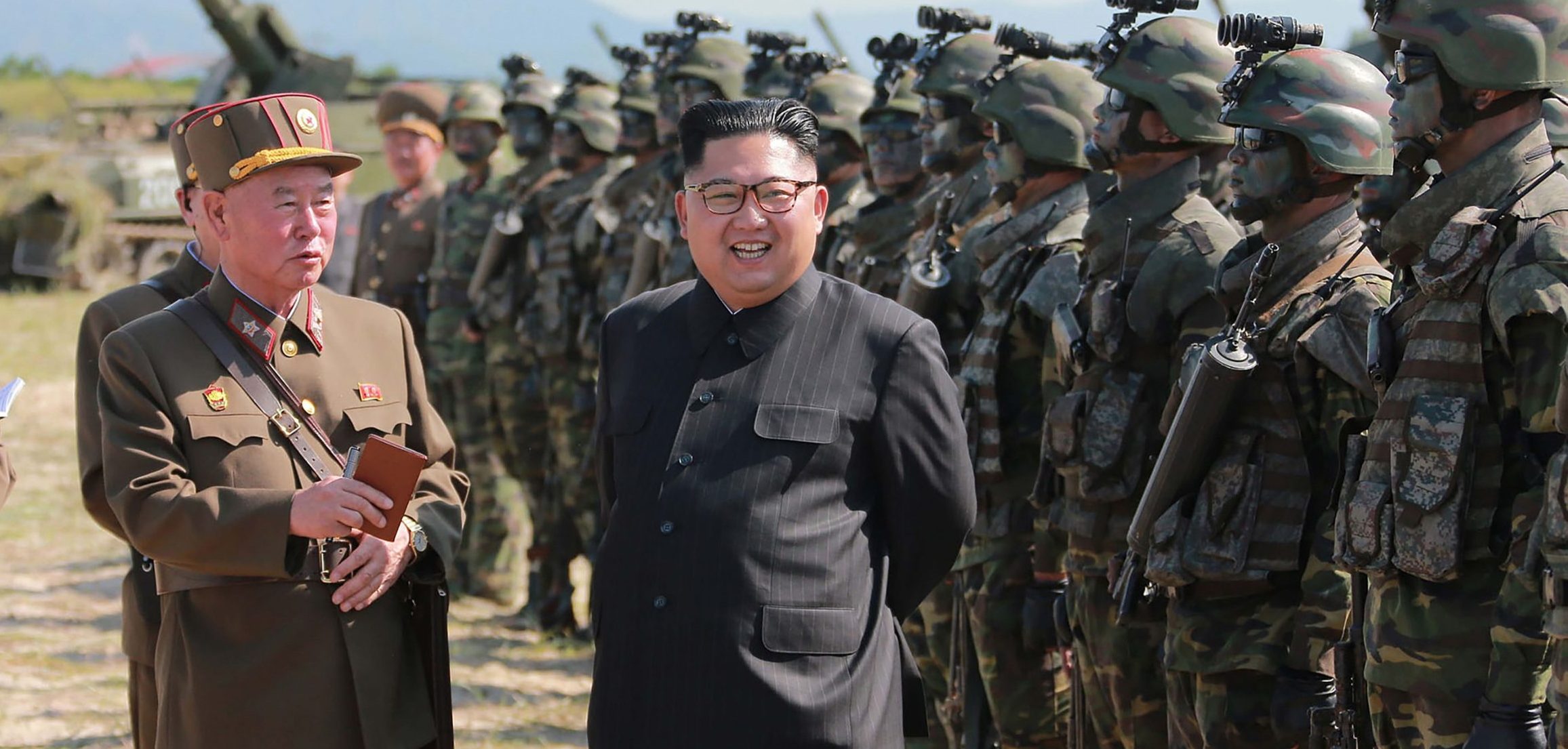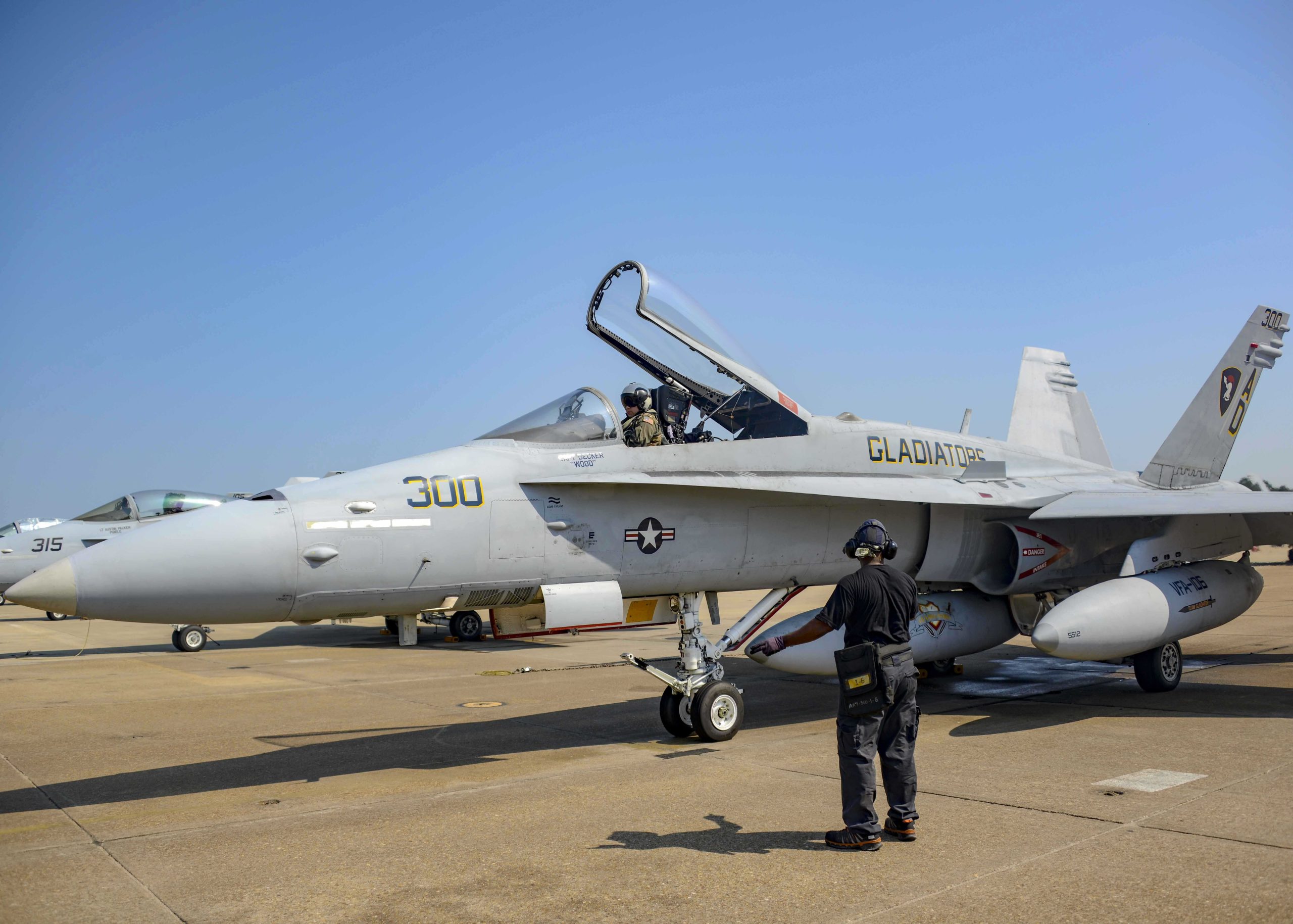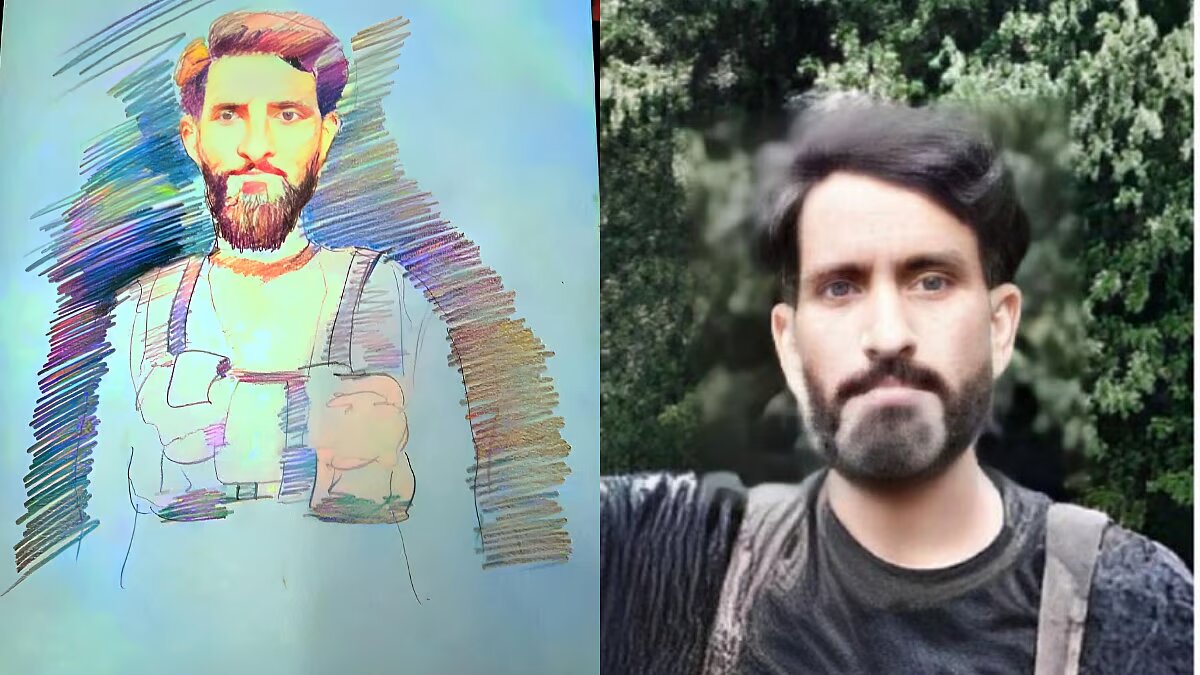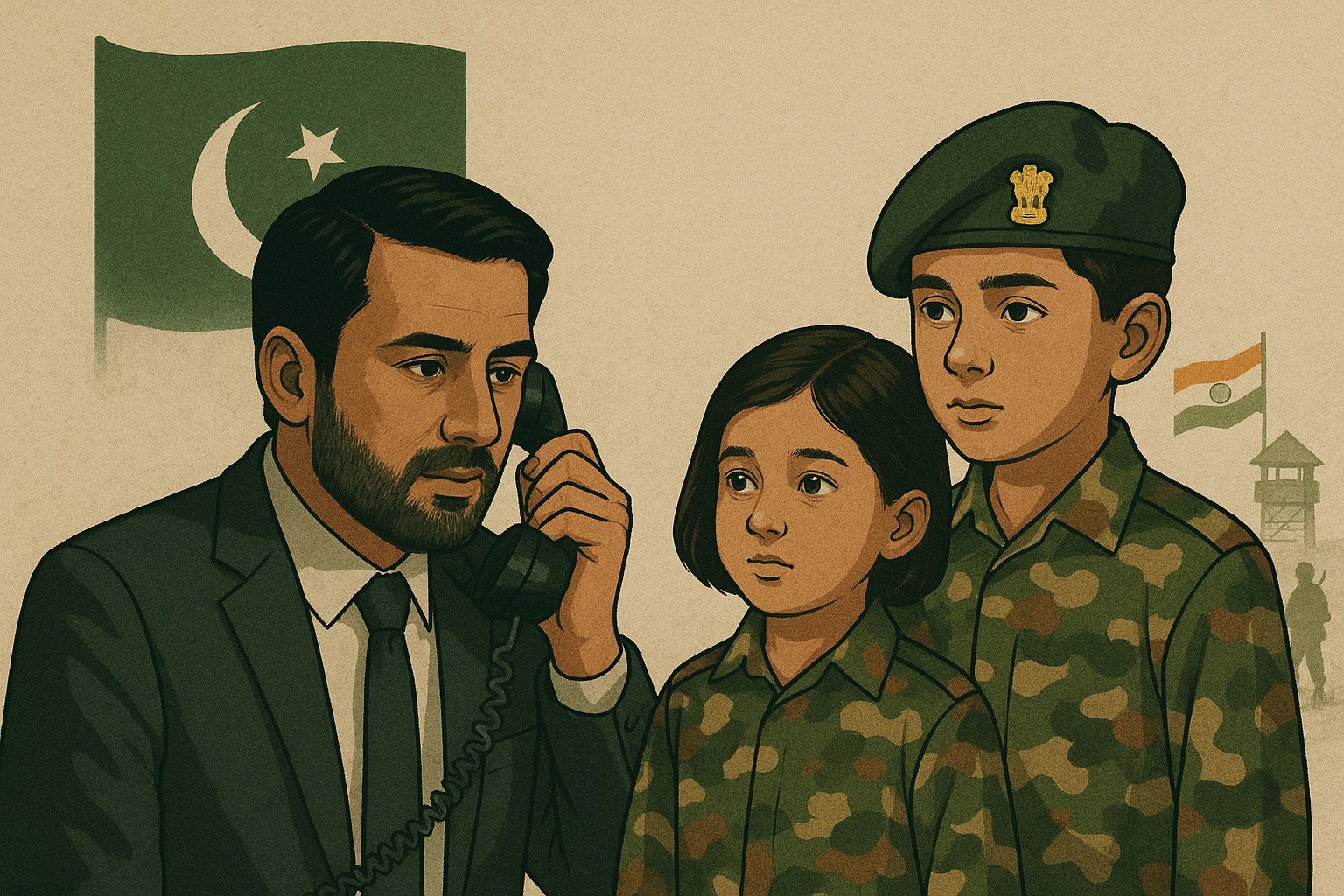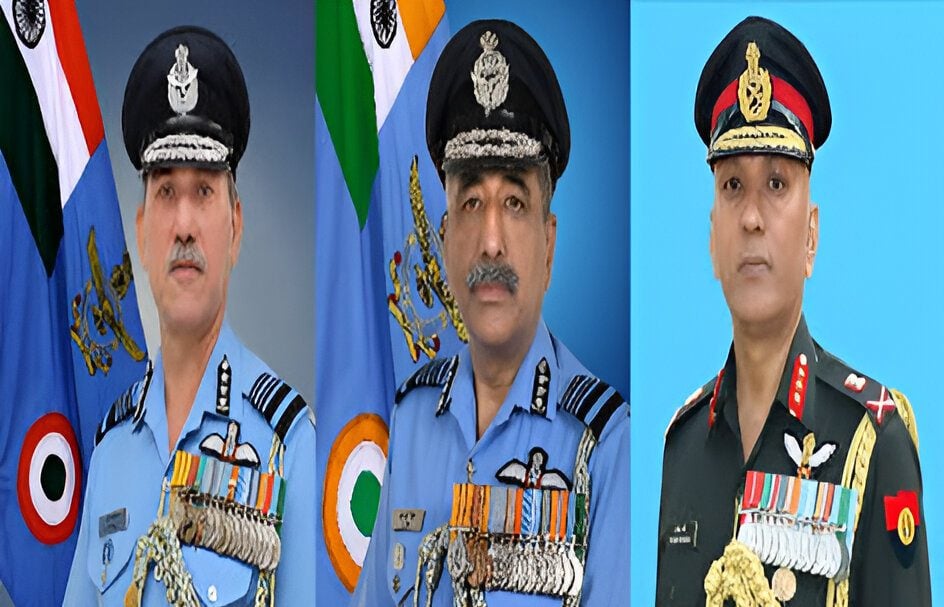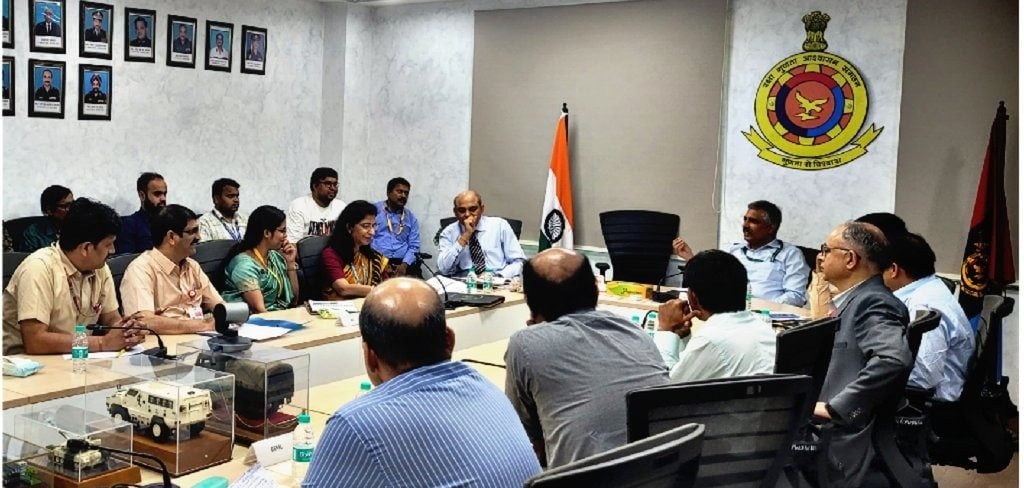North Korea Confirms Troop Deployment in Ukraine War
North Korea has officially confirmed for the first time that it sent troops to fight alongside Russia against Ukraine. According…
$67M F-18 Fighter Jet Falls into Red Sea from US Aircraft Carrier
A $67 million US Navy F-18E Super Hornet fighter jet accidentally plunged into the Red Sea after slipping off the…
Ex-Pakistani Commando Turned Terrorist: Hashim Musa Exposed as Mastermind Behind Pahalgam Attack?
In a major breakthrough, Indian intelligence agencies have identified Hashim Musa, a former Pakistani para-commando, as the mastermind behind the…
Pakistan’s ISI Calling Fauji Kids to Extract Indian Army Movement Details: A Serious Alert
In a concerning development, reports have emerged that Pakistan's Inter-Services Intelligence (ISI) is attempting to contact children of Indian Armed…
Armed Forces Set for Major Leadership Transition on May 1
In a sweeping leadership transition across India's military services, key appointments have been announced to bolster the nation's defense preparedness.…
Workshop on Adoption of Industry 4.0 and Quality Assurance 4.0 for Defence Production Held
In a strategic move to drive digital transformation within India’s defence sector, the Ministry of Defence (MoD) and the Department…

